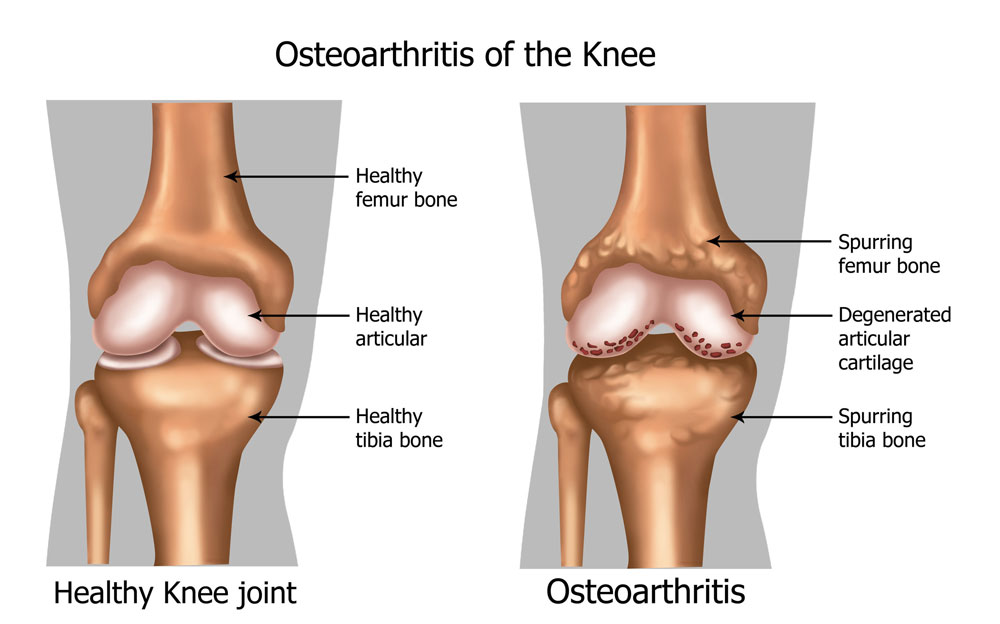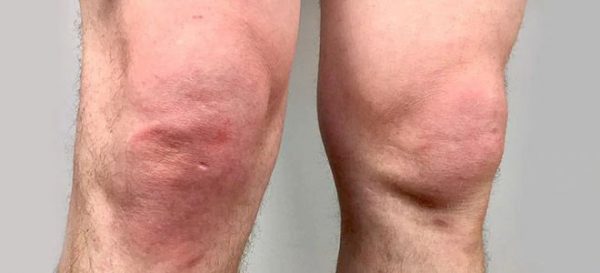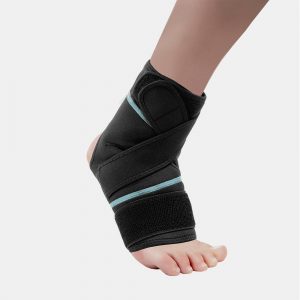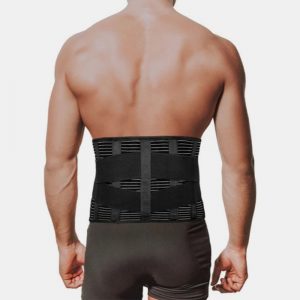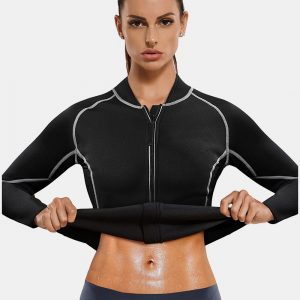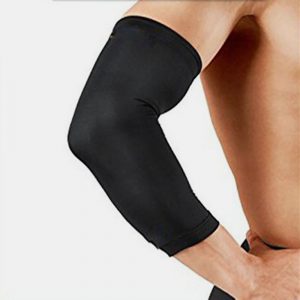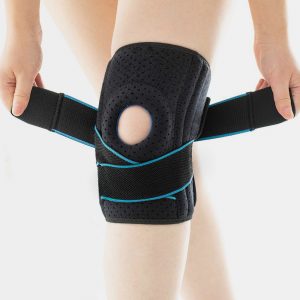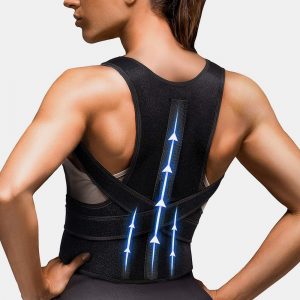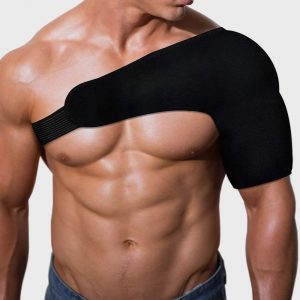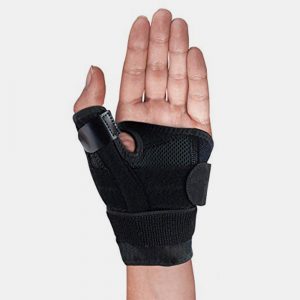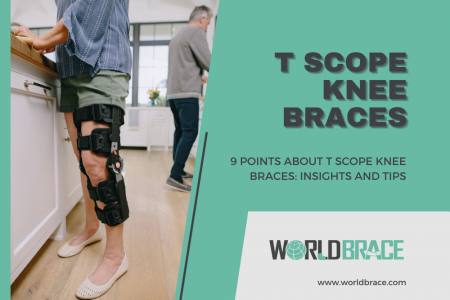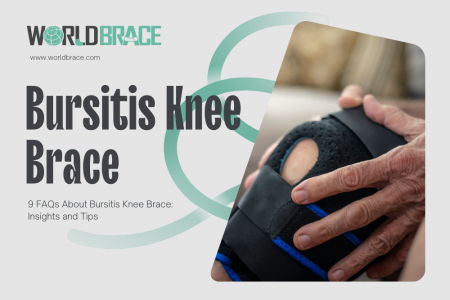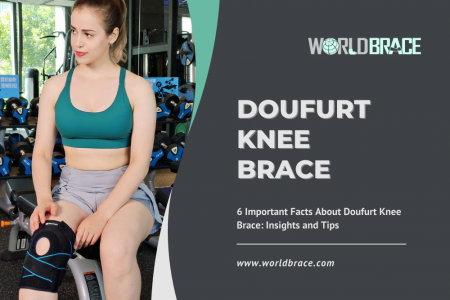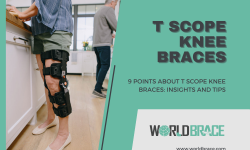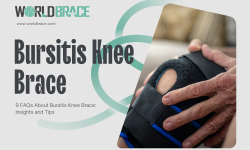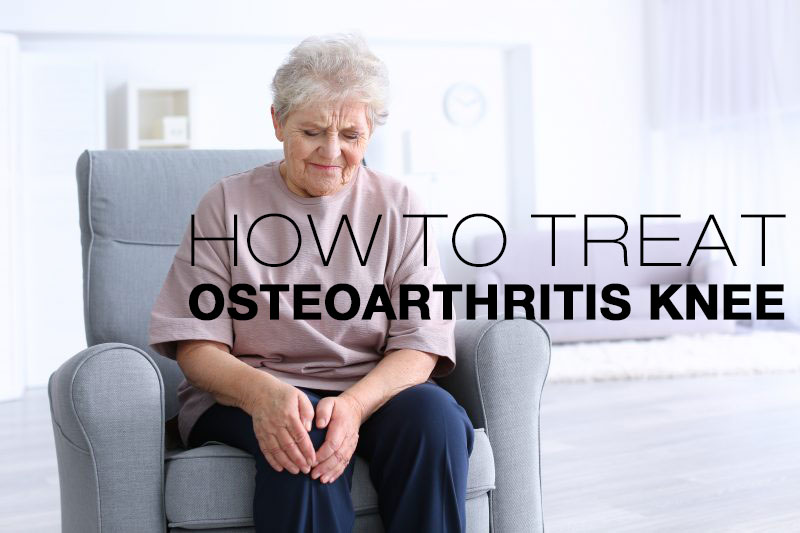
Table of Contents
Osteoarthritis of the Knee
Arthritis is characterized by swelling and pain in the joints. Although it is a predominantly adult disease, arthritis can also affect children. There are several different kinds of this disease, but osteoarthritis and rheumatoid arthritis are the most common.
Even though arthritis can affect any joint in the body, it most often affects the knee. This makes it hard to do everyday things like walking and climbing stairs.
Despite having no cure, there are various treatment options for arthritis of the knee that can help manage its symptoms and keep people active – which is exactly what today’s article will be addressing.
What Is Osteoarthritis of the Knee?
The degenerative disease osteoarthritis of the knee produces wear and tear in the cartilage of the knee joint. As the cartilage breaks down and becomes rough, the protective space between the joints decreases, resulting in the bones creating friction against each other and producing aching bone spurs.
Osteoarthritis of the knee tends to develop gradually, and its symptoms (primarily pain and mobility issues) worsen with time. This type of arthritis usually occurs in people aged and above, but younger people can also develop it.
What Does Osteoarthritis of the Knee Look Like?
To establish whether a person is suffering from osteoarthritis of the knee, a doctor will initially conduct some physical examinations to look for:
- joint swelling or redness
- joint instability
- problems with gait
- extent of assisted (passive) and self-directed (active) movement
- crepitus (a rough sensation within the joint during movement)
- injury to the tendons, muscles, and/or ligaments around the knee
- problems with other joints, which might indicate rheumatoid arthritis
In order to be certain of the diagnosis, a doctor may advise one or more imaging tests such as:
- X-rays provide a detailed picture of the bone; X-rays – arthritic knee generally show changes in bone structure, joint space narrowing, and formation of bone spurs.
- More tests, for example, a CT (computerized tomography) scan or an MRI (magnetic resonance imaging) scan to assess the condition of the soft tissues and bone of the knee.
Osteoarthritis of the Knee Symptom Pictures
What Is the Treatment and Best Exercise for Osteoarthritis of the Knee?
Preliminary treatment of osteoarthritis of the knee includes lifestyle modifications and pain management, such as:
- applying ice/heat to the area to reduce inflammation and swelling
- minimizing activities that can worsen the condition, e.g., driving or climbing stairs
- switching to lower impact exercises like cycling or swimming to lower the stress on the knee
- losing weight (if applicable) to reduce stress on the knee joint
Several medications can be used to relieve pain, the type, and dose of which will be determined by your doctor. These include:
- over-the-counter, anti-inflammatory pain relievers such as Acetaminophen
- anti-inflammatory non-steroidal drugs, or NSAIDs such as naproxen and ibuprofen
- COX-2 inhibitor (a special NSAID that has fewer gastrointestinal side effects)
- Corticosteroids/cortisone that is injected directly into the joint; however, the effects are not permanent.
- disease-modifying anti-rheumatic drugs (DMARDs) to reduce the progression of the disease, such as sulfasalazine, methotrexate, and hydroxychloroquine
- viscosupplementation (injecting elements into the joint that enhance the quality of joint fluid)
- Glucosamine and chondroitin sulfate, which are found naturally in joint cartilage, can be used as dietary supplements.
Moreover, walking is the best exercise to remain active with osteoarthritis of the knee. Begin slowly and progressively increase the speed and duration. Walking helps minimize joint pain, strengthen leg muscles, improve posture, and enhance stretch.
If you are looking for a customized fitness plan, a physical therapist can help.
Osteoarthritis Overview (Video)
What Is the Best Knee Brace for A Dislocated Kneecap?
A knee brace aids stability and enhances function, especially if the osteoarthritis is centered on one side of the knee. Braces commonly used for knee arthritis are an unloader brace that takes weight away from the affected area of the knee and a support brace that supports the complete knee load.
For a dislocated kneecap (a knee cap pops out of its groove at the knee joint), a soft knee-sleeve brace can provide relief during activities; neoprene braces with a pad or hole around the kneecap can help minimize stress and promote normal movement.
At WorldBrace, we specialize in developing custom-made knee braces/supports designed specifically to cater to your individual needs. Our products include Knee Sleeves, Patellar Tracking Orthosis (PTO) Knee Brace, Hinged Knee Brace, etc. With over 20 years of manufacturing experience, let us help you find relief and improve your quality of life.
faq
Is Exercise Good for Osteoarthritis of the Knee?
Yes. Specific exercises, especially walking, help increase the extent of movement and flexibility while strengthening leg muscles.
Does Acupuncture Help Osteoarthritis of the Knee?
Acupuncture uses special needles to stimulate targeted regions of the body and relieve pain. Although there is evidence that this technique can ease pain from arthritis, only a few scientific studies confirm its effectiveness.

